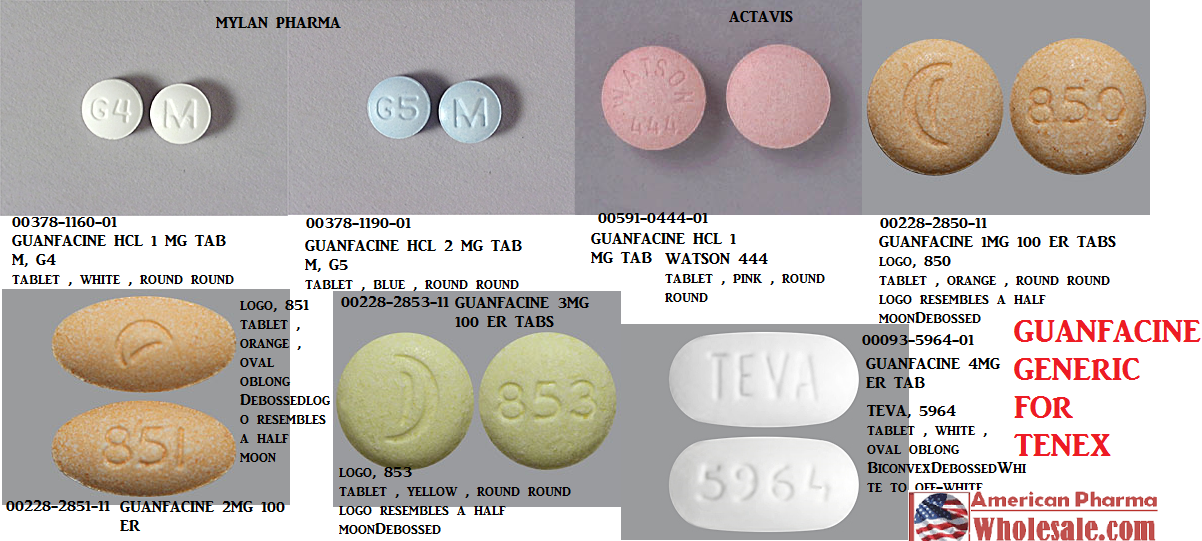“Treatment of neuropathic pain (NP) symptoms associated with multiple sclerosis (MS) is frequently insufficient. Yet, cannabis is still rarely offered for treatment of pain. This clinical trial aimed at showing the positive benefit-risk ratio of dronabinol. Two hundred forty MS patients with central NP entered a 16-weeks placebo-controlled phase-III study followed by a 32-weeks open-label period. One hundred patients continued therapy for overall up to 119 weeks. Primary endpoint was change of pain intensity on the 11-point Numerical Rating Scale over a 16-weeks treatment period. Safety was assessed on the basis of adverse reactions (ARs), signs of dependency and abuse. Pain intensity during 16-weeks dronabinol and placebo treatment was reduced by 1.92 and 1.81 points without significant difference in between (p = 0.676). Although the proportion of patients with ARs was higher under dronabinol compared to placebo (50.0 vs. 25.9%), it decreased during long-term use of dronabinol (26%). No signs of drug abuse and only one possible case of dependency occurred. The trial results demonstrate that dronabinol is a safe long-term treatment option.” https://www.ncbi.nlm.nih.gov/pubmed/29073592
“Overall, this trial demonstrated the long-lasting therapeutic potential, the good tolerability and favourable safety profile of dronabinol – especially in terms of drug abuse and dependency. Based on the presented results, there is no special focus on the harm caused by dronabinol treatment. Although the statistical proof of efficacy for dronabinol versus placebo treatment is pending, physicians should consider the potential benefits of the multifactorial effects of dronabinol.” https://www.karger.com/Article/FullText/481089



